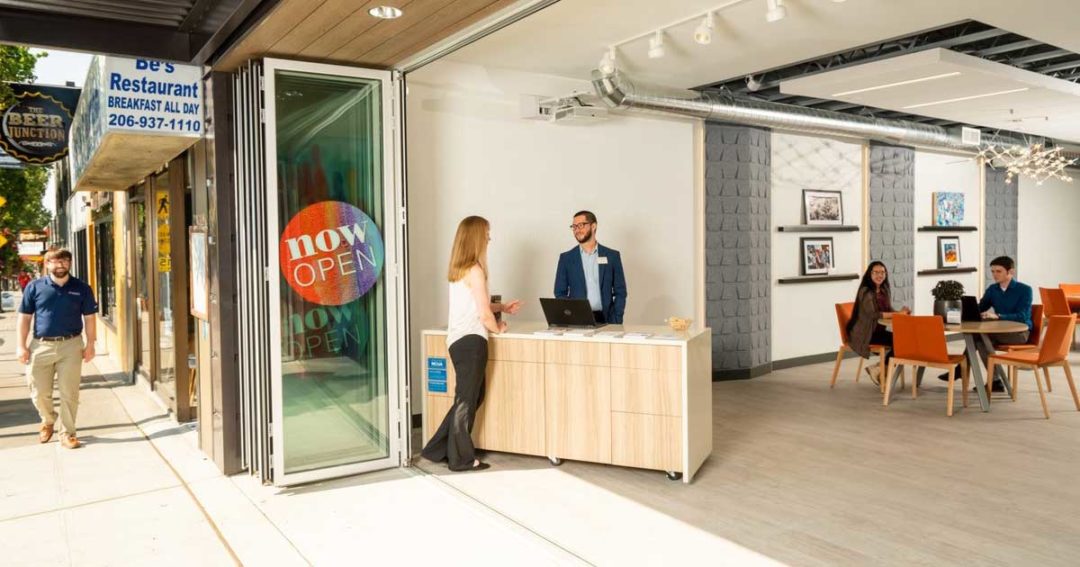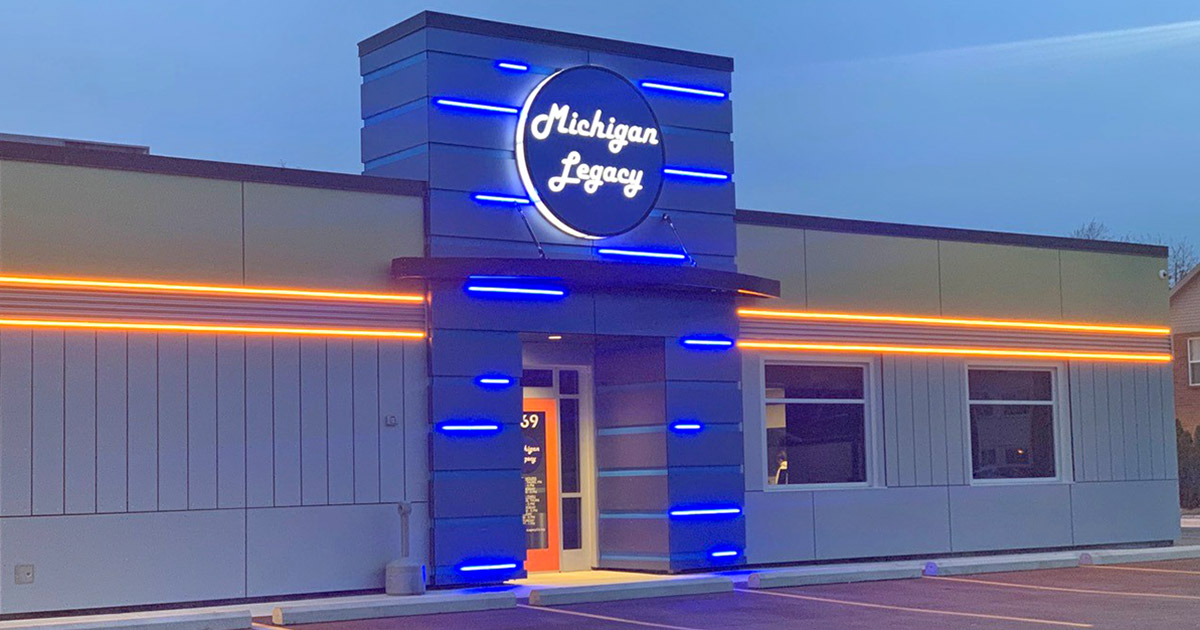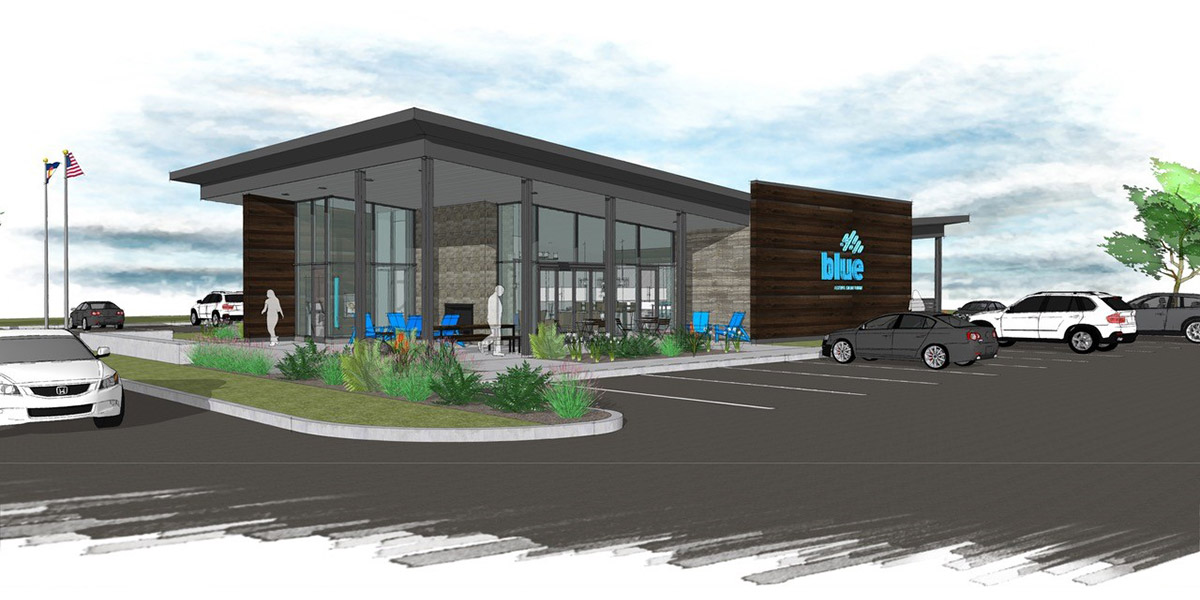
The post-pandemic branch
Consumers’ increased use of digital channels leads to a smaller branch footprint.
The coronavirus (COVID-19) pandemic forced credit unions to react instantly to historic disruption and, along the way, it may have transformed the next generation of credit union branches.
As the outbreak wanes, the lessons of the pandemic and the member habits it altered are propelling a deeper look at how branches will evolve going forward.
Seattle’s Verity Credit Union opened a branch with a retractable wall opening onto the street—like a European café—designed to encourage community conversations and a neighborhood connection.
“After the pandemic, we’re looking at making our branches much smaller,” says Justin Martin, executive vice president and chief operating officer at the $735 million asset credit union. “We’re going from the traditional 2,500-square-foot branch to about 1,700 square feet, where it is just a relationship center. Seattle is an expensive real estate market, so that’s important to us in controlling costs.”
Part of the reason for the smaller footprint, Martin says, is that its 37,000 members changed during the pandemic. Verity saw a significant shift in basic transactions moving to digital platforms.
More members are using its ATM network, mobile app, and online banking, having become comfortable with them out of necessity.
Even as COVID-19 subsides, Verity’s members are continuing to use its online appointment system.
“It allows us to control staffing levels and dig deeper about when to be open,” he says. “It provides a lot more data on the types of transactions done at certain times.”
A branch makeover

Just before the pandemic, $277 million asset Michigan Legacy Credit Union in Wyandotte began downsizing and redesigning its branches. The 20,000-member credit union plans to go from six to five branches in the Detroit area, with a 1950s retro design theme and video teller machines.
“COVID reaffirmed our plans,” says CEO Carma Peters, who noted that members flocked to its digital platforms. “We launched our video platform last May and didn’t miss a beat opening new accounts, making new loans, and closing loans.”
The credit union is building a new, 1,200-square-foot branch next to the former 6,600-square-foot facility.
Only about 7% of Michigan’s Legacy’s members walk into branches, Peters says. “With more digital and electronic transactions, we thought this was a good time to start our strategic plan. When we’re done, we will have downsized our branches by a total of about 25,000 square feet.”

Blue Federal Credit Union in Cheyenne, Wyo., has opened redesigned branches that are more welcoming to the community, some with coffee shops and patios with lawn furniture and another with an indoor-outdoor fireplace.
Philip Cangilla, Blue Federal’s director of corporate assets, says the need for community interaction drives its branch redesign. The redesigned branches feature comfortable meeting spaces to engage the community.
With $1.5 billion in assets and 100,000 members, the credit union has 18 branches in Colorado and Wyoming. It began a makeover of its branch network in 2019 and hasn’t looked back.

‘We want to keep the branch as a place for interaction as opposed to transaction.’
Jordan Pretty
In fact, the pandemic only strengthened its strategy.
“We still believe branches are the foundation of our business model and that technology will supplement interactions with members and enable a smaller footprint,” says Jordan Pretty, vice president of member services. “We want to keep the branch as a place for interaction as opposed to transaction.”
Cangilla says the branch redesign hasn’t lost touch with the bedrock principle of people helping people.
“The pandemic showed us the need for interaction,” Cangilla says. “We were all isolated, and people wanted connection, especially when doing personal finance. You want to develop those personal relationships.”
Related: The future of branches
